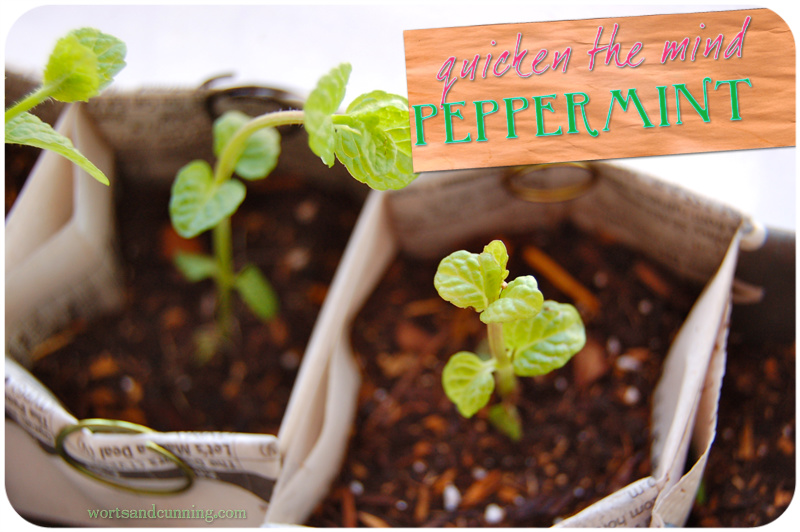Boundary-marker, boundary-breaker: Hawthorn
 Hawthorn from botanical.com
Hawthorn from botanical.com
Hawthorn Craetagus monogyna gets its name from the Anglo-Saxon word “haw” meaning hedge or enclosure and is used as such in parts of the world like the UK to mark the boundaries of fields. Known simply at times as “thorn,” Hawthorn is one of the sacred trees of Celtic folklore that along with Oak and Ash, help mortals to see the Good Folk. Hawthorn is both a charm of fertility and chastity (quite a permeable boundary there) – place it in a bouquet for a fertile union and beneath the bed to make it less so. The Hawthorn hedge is a sacred plant of May, used to decorate May Poles, though is must be carefully harvested so as not to anger the Gods to whom it is so sacred. Witches were sometimes called “hedgeriders” invoking their ability to ride the hedge from the fields of humankind to the fields of faery.
For times when someone feels misplaced and disconnected because their heart has squeezed shut, aching from the pain of disappointment, grief and change. For those who have lost touch with the desire of the heart when life challenges us with unexpected outcomes. They fidget, are anxious, have trouble sleeping, and may even experience heart palpitations as they close off from the pain rather than engage in the process of transformation. It's as if they’ve been thrown up in the air and can’t seem to find their way back down, left only to fall, feeling disoriented and so they close up to try and protect themselves from the impact. Hawthorn might be the green ally to help them fall in love, not fear.
Hawthorn is used extensively in both Chinese and Western herbal traditions. In Traditional Chinese Medicine, Hawthorn is primarily used as a digestive tonic, whereas in the Western tradition of herbalism it is generally used as a heart tonic. As a heart tonic, Hawthorn tonifies the heart through normalizing blood pressure, dilating blood vessels, improving the heart’s muscle contractions, promotes circulation, lowers blood pressure, and strengthens the endothelial lining of the heart, blood and lymphatic vessels. Hawthorn also helps to prevent future heart complications, including atherosclerosis.
 Hawthorn flowers from wikipedia.org
Hawthorn flowers from wikipedia.org
Herbalist David Winston uses Hawthorn with clients with ADHD for its centering abilities that address disturbed and unsettled energy. Hawthorn restores calm and is also very nutritive, full of vitamins and minerals such as C, B1, B2, and calcium. Topically the leaves and flowers can be used as a gargle for sore throats and the berries can be eaten raw or as a jelly. In Germany, the leaves are even used as an alternative to black and green tea.
Since Hawthorn is a slow-acting adaptogenic herb, it is important to take it for at least three months for its medicinal qualities to truly take hold. Hawthorn is not only a tonic for the physical manifestation of our heart, but our emotional and spiritual heartache, too. Just as Hawthorn acted as the enchanted boundary between the worlds of humans and faeries, so will Hawthorn help those who are struggling with change, usually stemming from a source of deep grief, open their hearts to compassion and acceptance. It not only strengthens a person’s connection with their own heart, but the heart and beat of the earth who many of us call Mother.
Add Hawthorn berries into your diet, either in tea, tincture or raw, as a good source of vitamin C. I add Hawthorn berries, leaves, and flowers into iced tea blends for its naturally cooling qualities, especially when I'm feeling irritated in the hot heat. I especially incorporate Hawthorn into my daily Fall practice as part of my cold preventative routine.











